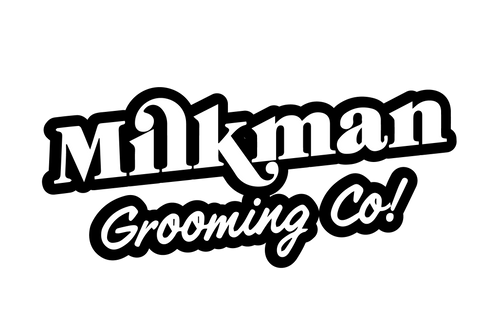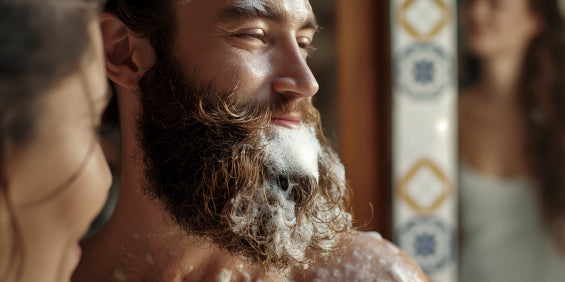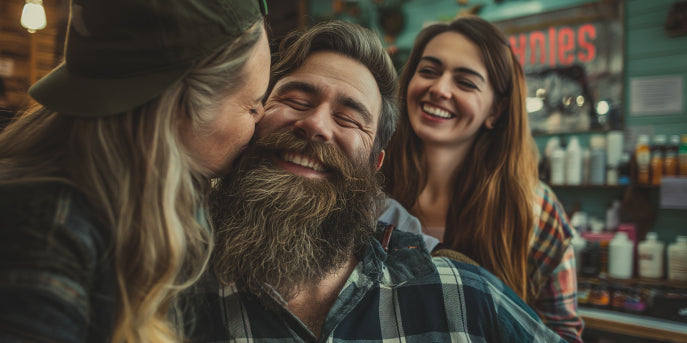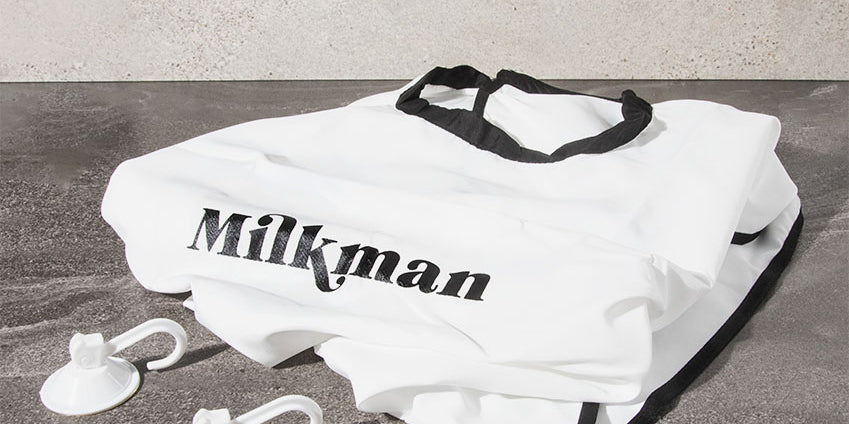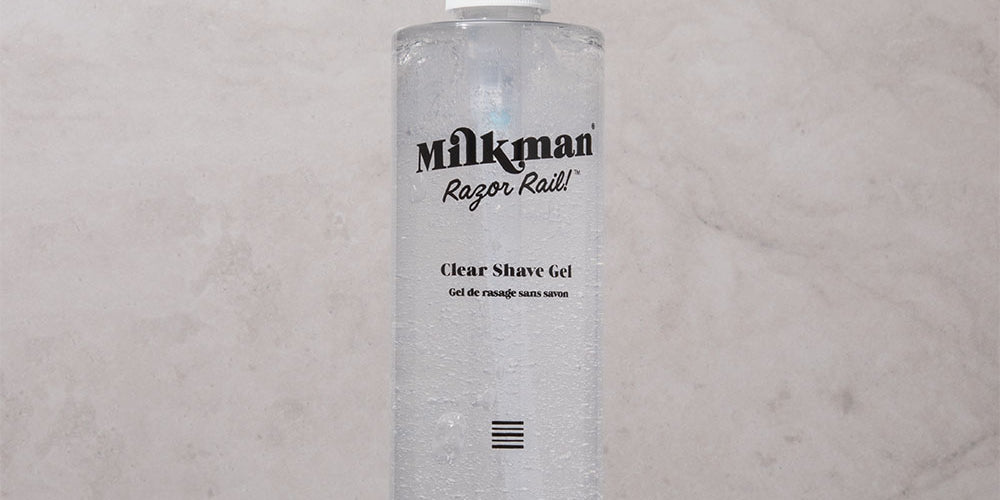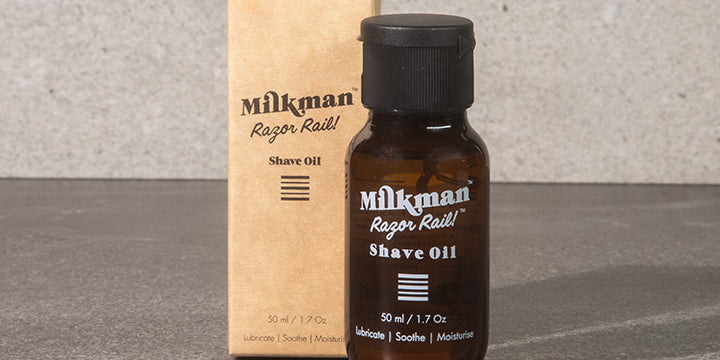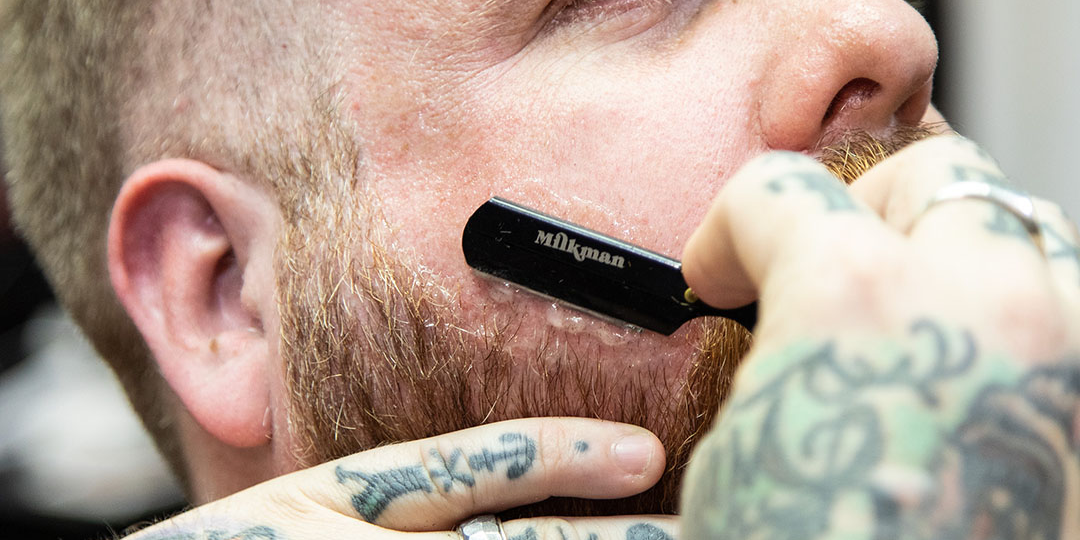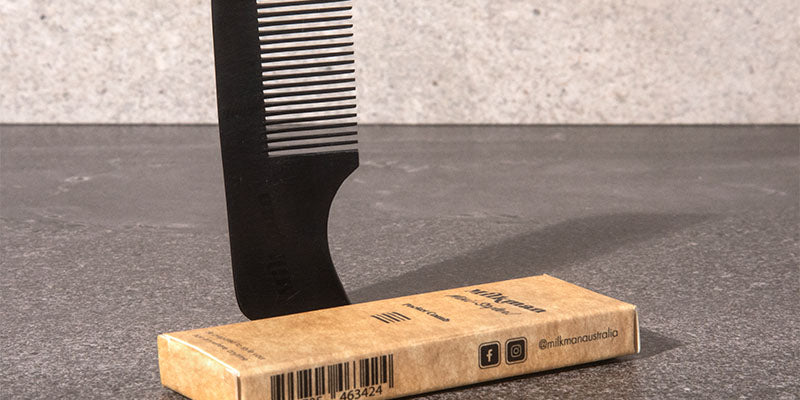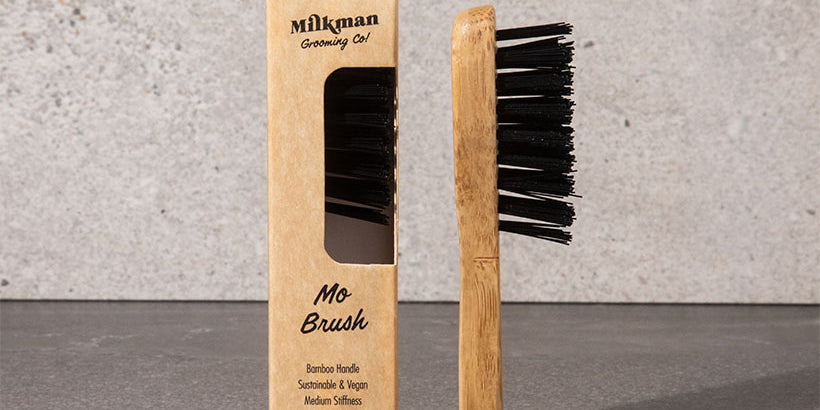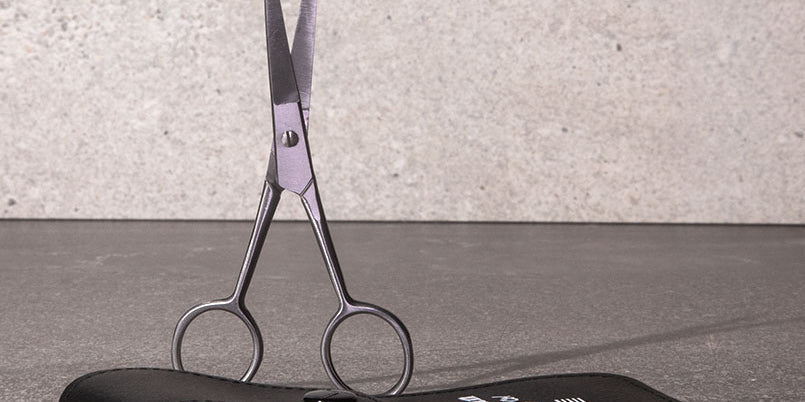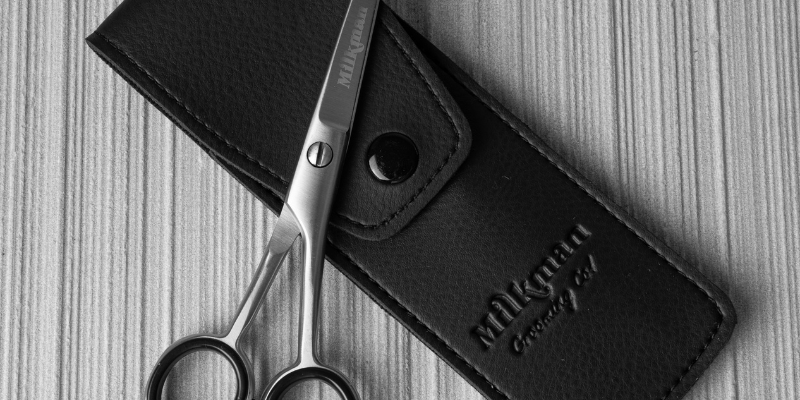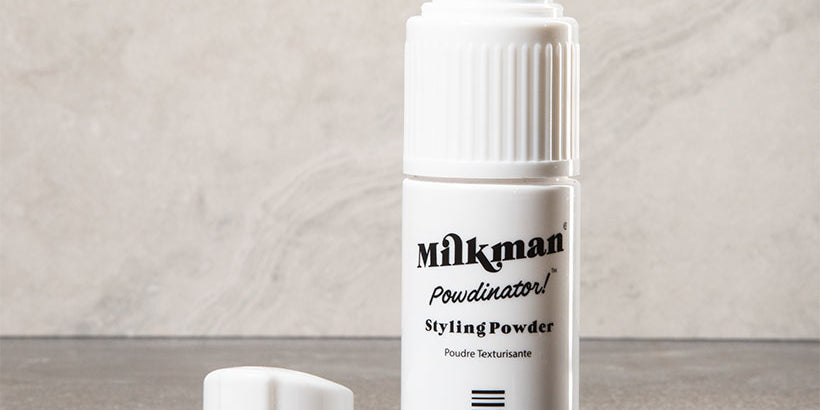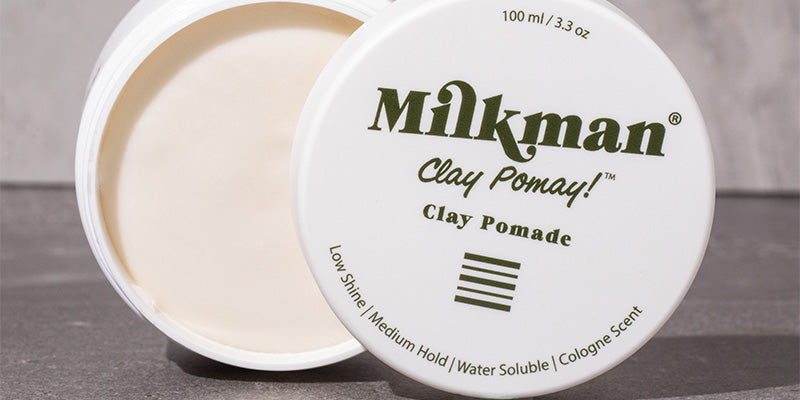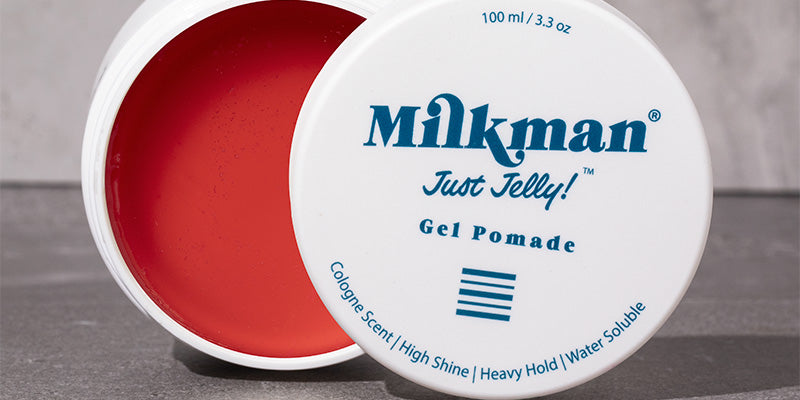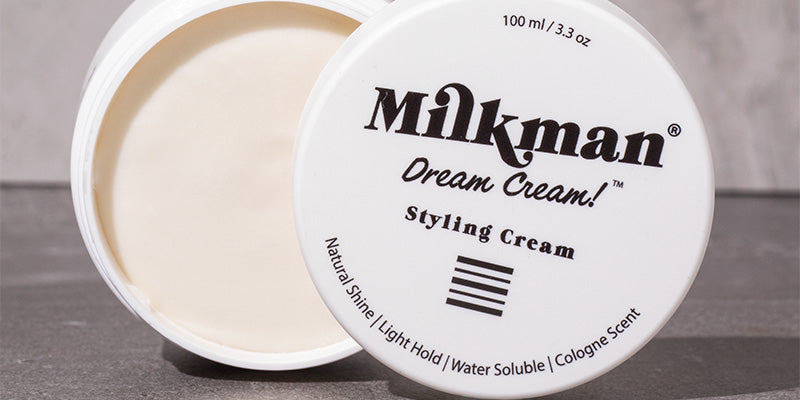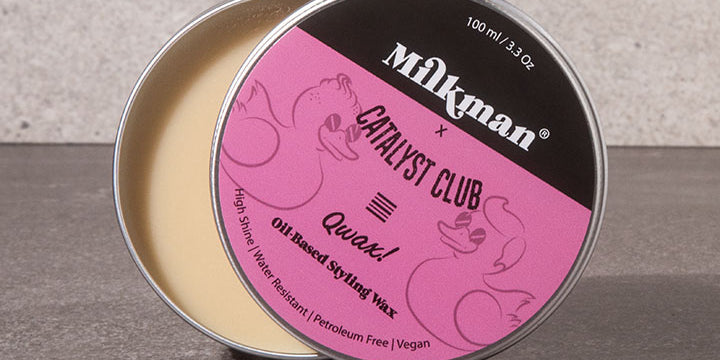Many skin home remedies you read on the internet tell you to use olive oil. For example, there are many DIY beard oil articles and commercial beard oil companies that tell you olive oil is beneficial for skin and hair care. They explain that these benefits include moisturising properties and anti-inflammatory properties to name a couple.
If you believed everything you read about it, you might just be inclined to splash on some extra virgin oil from the kitchen whilst your better half is cooking with it. However, is olive oil really that great for you? Does it do more damage than good? We’ve gathered some scientific data that may shed light on the topic.
GOOD FOR DIET
The benefits of olive oil in your  diet is heavily reported on, and it is scientifically proven that consuming moderate amounts of olive oil (especially virgin olive oil) in foods can improve overall cholesterol, leading to a lower cardiovascular risk (Ghanbari et al, 2012). There is also some evidence to suggest that olive oil can reduce cancer risk due to the presence of squalene. Squalene is able to inhibit the communication of cancer cells and thus stopping them from developing (Newmark, 1999).
diet is heavily reported on, and it is scientifically proven that consuming moderate amounts of olive oil (especially virgin olive oil) in foods can improve overall cholesterol, leading to a lower cardiovascular risk (Ghanbari et al, 2012). There is also some evidence to suggest that olive oil can reduce cancer risk due to the presence of squalene. Squalene is able to inhibit the communication of cancer cells and thus stopping them from developing (Newmark, 1999).
BAD FOR SKIN
Just because there are potential nutritional benefits associated with olive oil, it doesn't necessarily follow that it's good for your skin. The fact is, olive oil does contain some good stuff. For example, the unsaturated omega fatty acids such oleic acid may be beneficial due to their anti-oxidant activity, whilst lipids (fatty molecules) contained in the oil may also help to lubricate and moisturise the skin.
Unfortunately though, olive oil has a party crasher that ruins it for everyone and you'll never guess what it is. That's right, the same molecule that appears beneficial for your cardiovascular & cancer risk, is the very thing that can inflame your skin, causing breakouts & a shoddy looking complexion. In short, it makes the oil what we call "comedogenic" (which means it causes pimples & black heads - not to be confused with "comedy" which is what Eddie Murphy does sometimes).
The process is simple. Squalene is broken down by UV rays (from the sun) via a process known as oxidative damage, and when this happens, it turns into squalene peroxide. This is bad. Squalene peroxide stimulates more sebum and keratin production from your glands (hyperkeratosis). When this happens, it is harder for dead skin cells to be removed, and thus they keep building up over your pores. This results in blocked pores and an onset of pimples and black heads:
“Following UV exposure, squalene undergoes massive photodegradation due to its highly unsaturated chemical structure. Irradiation of human skin leads to a squalene decomposition of about 60% similar to that observed in vitro on the purified compound. Oxidative challenge generates, in human skin surface lipids, squalene monohydroperoxide as the main product. Several optional isomers of squalene monohydroperoxide have been identified. Additional peroxidation of squalene monohydroperoxide can also occur. Altogether, squalene peroxidation byproducts exert harmful effects in vivo and in skin cell cultures. In particular, keratinocytes cytotoxicity, histological changes, and immunosuppressive effects have been observed. Comedogenicity of squalene peroxides has been demonstrated in animal experiments in which comedones have been induced by exposing rabbit ears to irradiated squalene. The degree of squalene peroxidation was found to correlate positively with the size of the comedones elicited.” – Ottaviani et al. 2010. Lipid mediators in acne. Mediators of Inflammation. http://www.ncbi.nlm.nih.gov/pmc/articles/PMC2943135/
The study states that there is a strong correlation between the concentration of squalene peroxide and comedones (black heads). Therefore, the more squalene peroxide produced, the more black heads and pimples you’re going to see on your skin.
Also, a study conducted by Danby et al (2013) found that olive oil significantly damaged the skin barrier in adults, possibly via the same mechanism.
Furthermore, natural bacteria on your skin love sebum, and eat it all day. When they break down sebum, they produce toxins that irritate your skin, causing it to be inflamed which leads to more break outs. Some studies suggest this is a contributing factor in acne:

“Subsequent accumulation of sebum, enlargement of the follicle, and build-up of keratinous material within the microcomedo cause the formation of comedones. The conventional perspective of acne pathogenesis holds that Propionibacterium acnes, which is present on normal skin, colonizes the duct of the sebaceous follicle, causing an innate immune response and the progression from a so-called noninflammatory comedo to an inflammatory papule, pustule, or nodule.” Tanghetti. 2013. The role of inflammation in the pathology of acne. The Journal of Clinical and Aesthetic Dermatology. 6(9): 27 – 35. http://www.ncbi.nlm.nih.gov/pmc/articles/PMC3780801/
Basically, the amount of bacteria that’s buried in your pores is growing in presence of olive oil. This is because they have more nutrients to grow. If you don’t intervene, your skin is going to start looking very unhealthy.
DOUBLING THE OIL
If you are using olive oil on your skin, you're also more likely to have a greasy and sweaty gloss to your complexion (not a good look). This is because, unlike some other botanical oils, olive oil is relatively slow to absorb into the skin. So your skin will look shiny until it is finally absorbed, or until it gets rubbed or washed off. Even if you have very dry skin, encouraging this level of oiliness isn't your optimal strategy.
THE ALTERNATIVE?
According to the data, it might be best to avoid olive oil all together when it comes to skin care. What may be beneficial is to use a combination of botanical oils that will suit the skin and hair to a greater extent. There are many alternative oils that will nourish the skin and hair but do not have the impurities such as squalene. For example, argan oil has a higher purity of essential fatty acids that are readily absorbed into the skin. We wrote a whole article on argan oil not that long ago so if you like to geek out on these things, check the link below.
Photo credits: https://lilyorchid01.wordpress.com/author/tiaasagi/ (diagram of hair),
References:
- Danby SG, Al Enezi T, Sultan A, Lavender T, Chittock J, Brown K, Cork MJ. 2013. Effect of olive and sunflower seed oil on the adult skin barrier: implications for neonatal skin care. Paediatric Dermatology. 30(1): 42-50.
- Ghanbari R, Anwar F, Alkharfy KM, Gilani AH, Saari N. 2012. Valuable nutrients and functional bioactives in different parts of olive (Olea europaea L.)-a review. International Journal of Molecular Science. 13(3): 3291-3340
- Newmark HL. 1999. Squalene, olive oil, and cancer risk. Review and hypothesis. Annals of the New York Academy of Sciences. 889: 193-203
- Ottaviani et al. 2010. Lipid mediators in acne. Mediators of Inflammation.
- Tanghetti. 2013. The role of inflammation in the pathology of acne. The Journal of Clinical and Aesthetic Dermatology. 6(9): 27 – 35.

